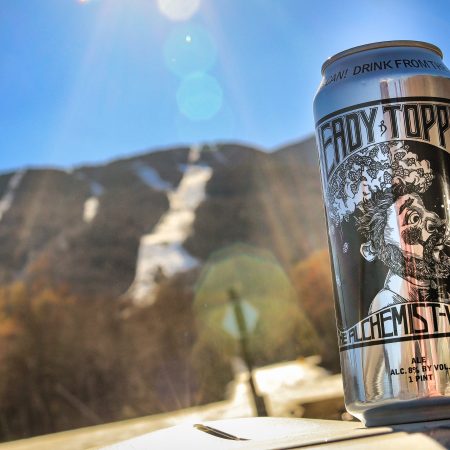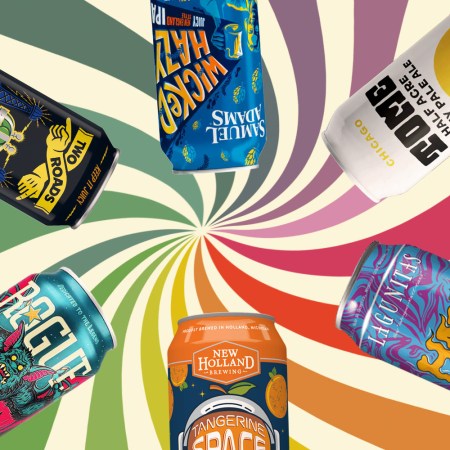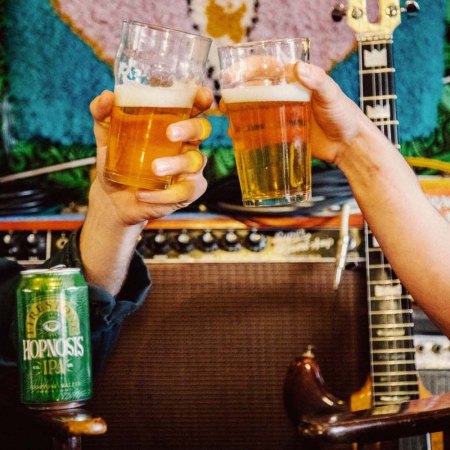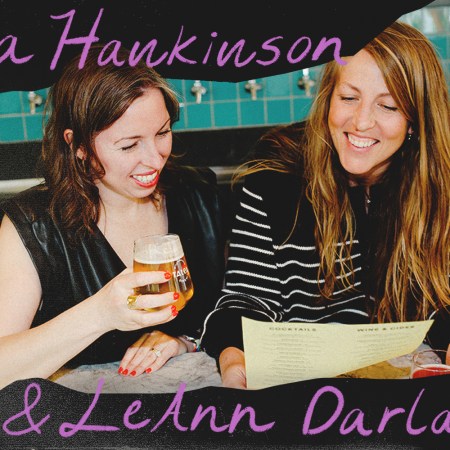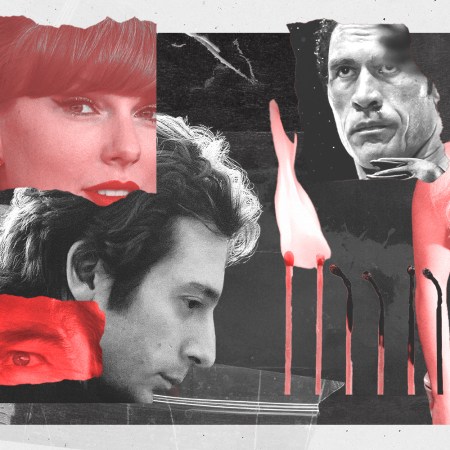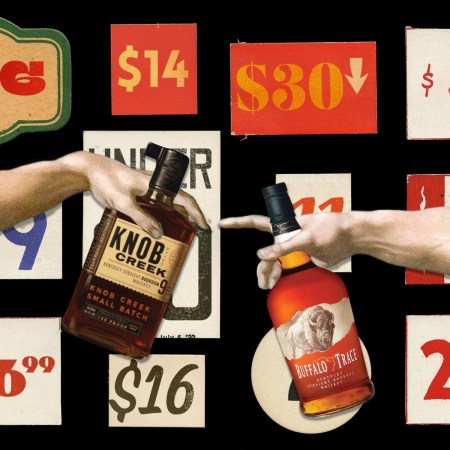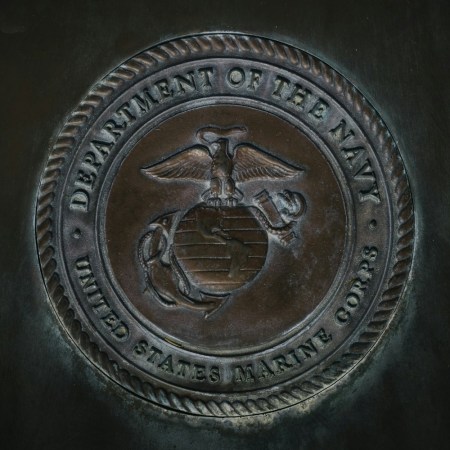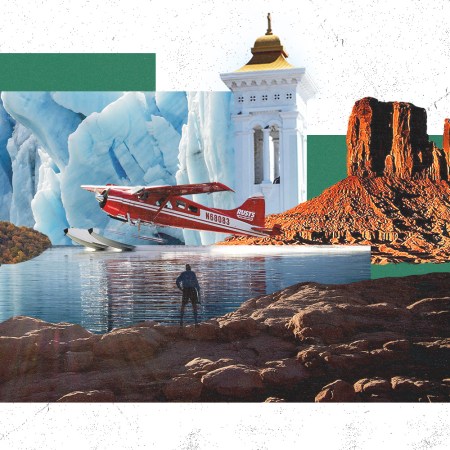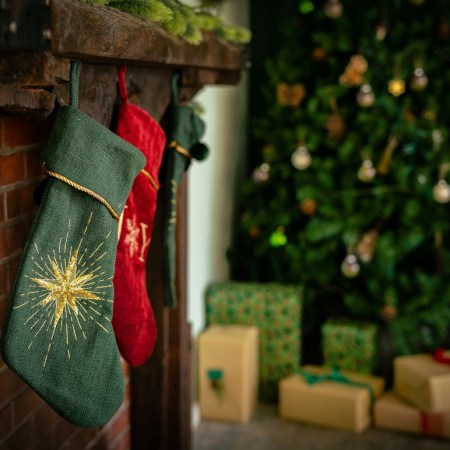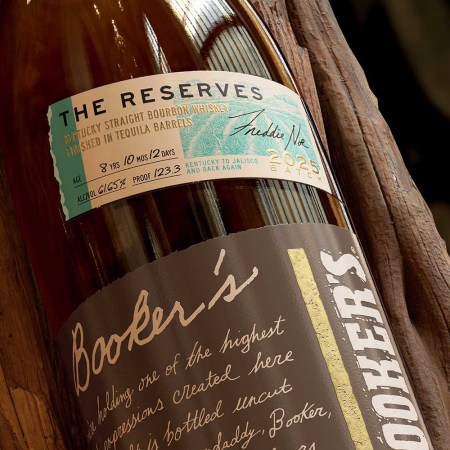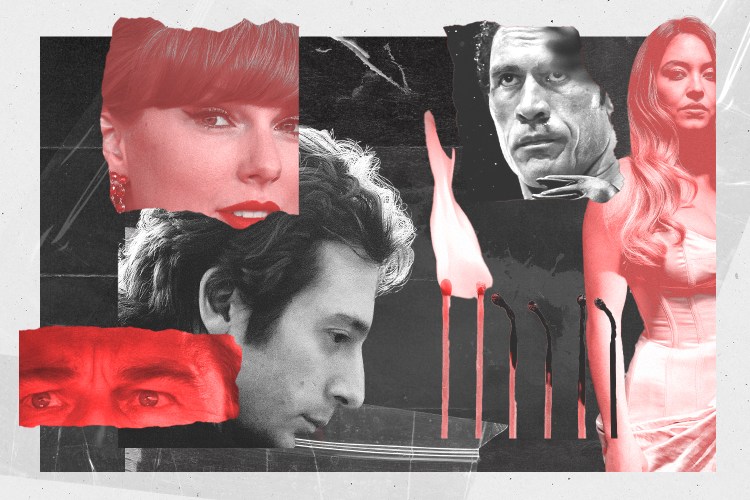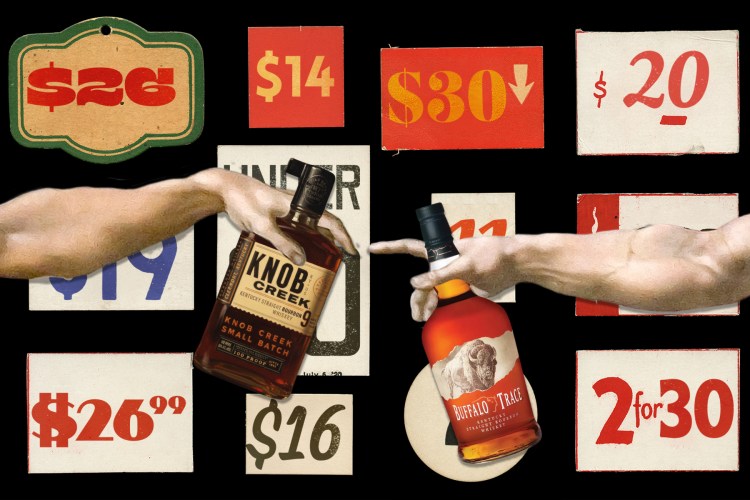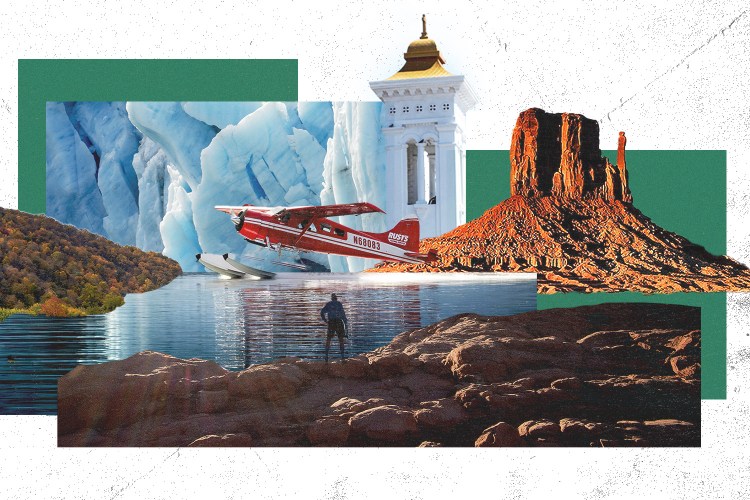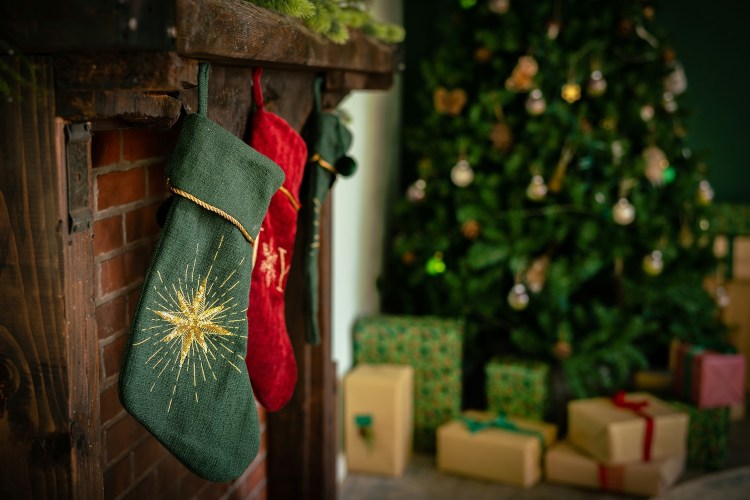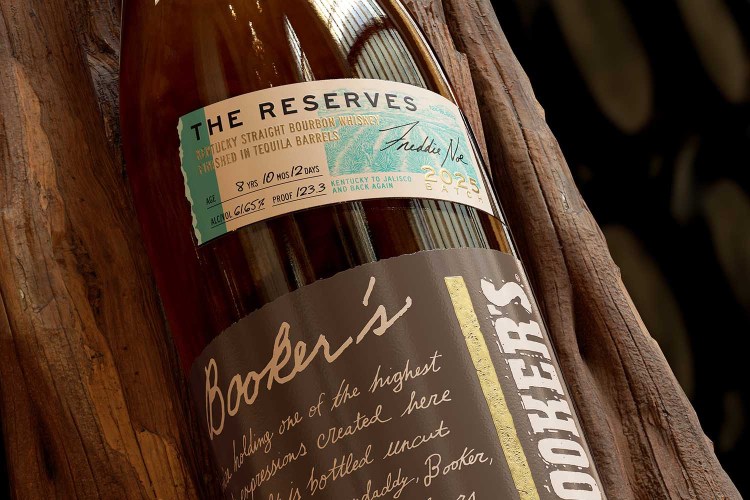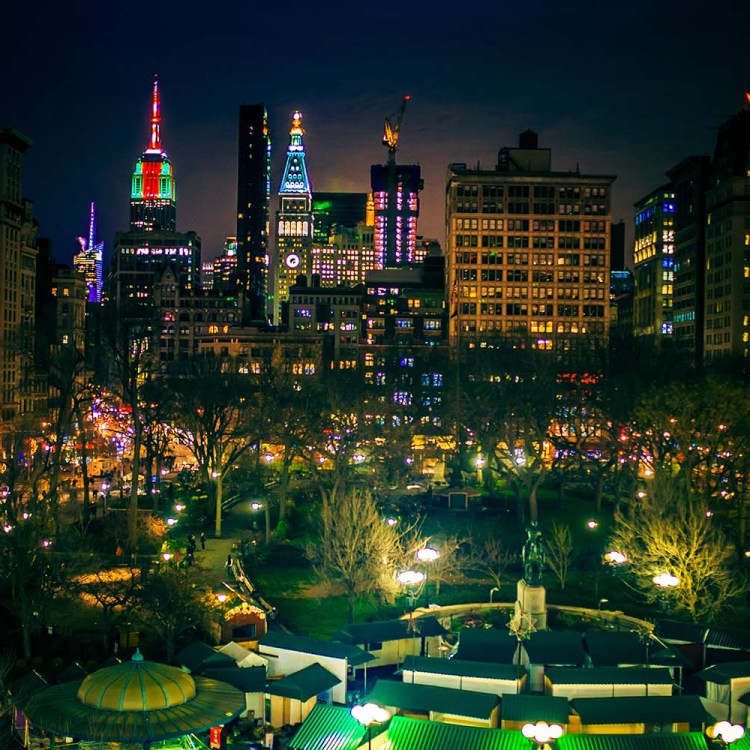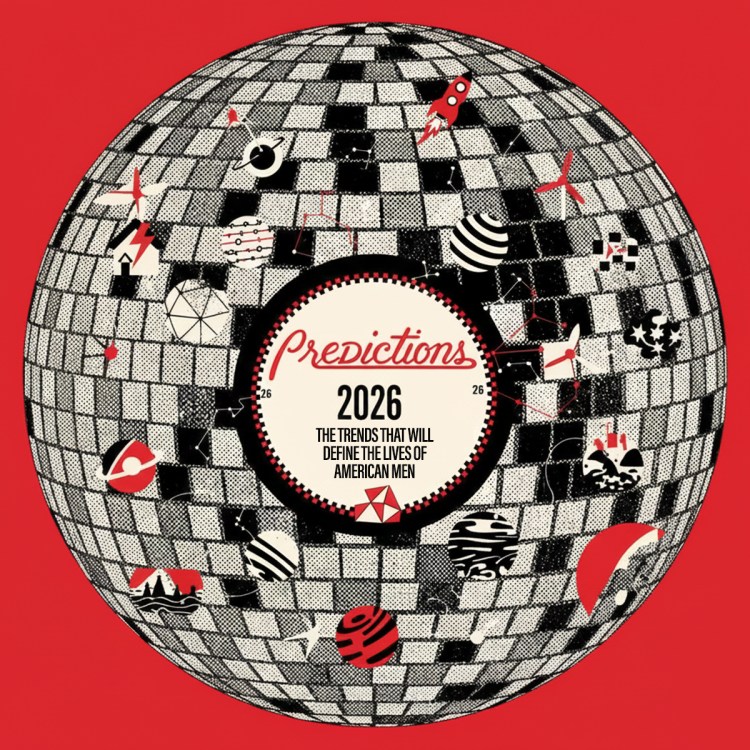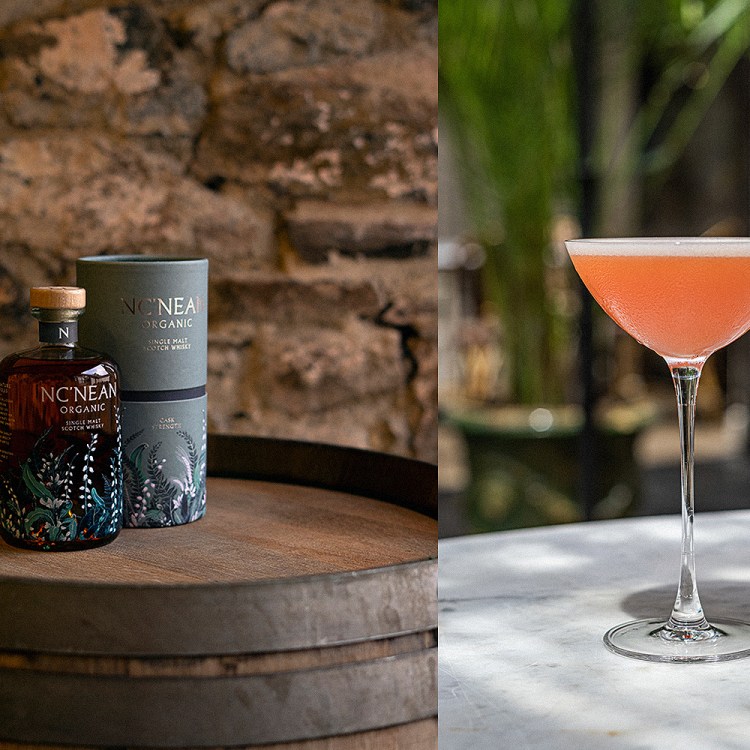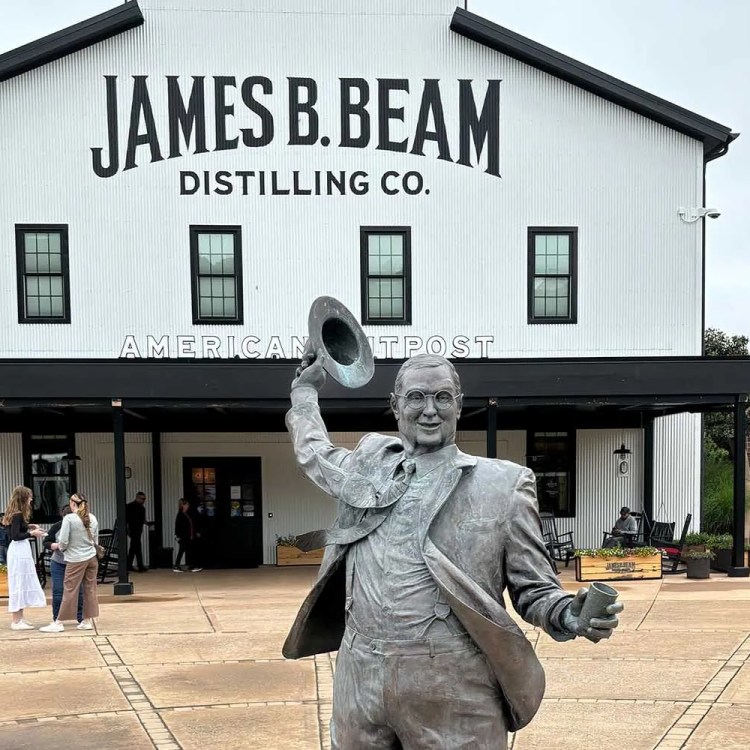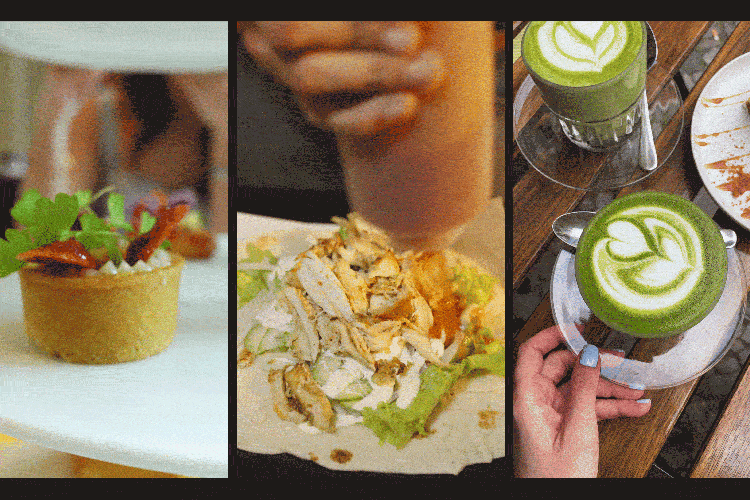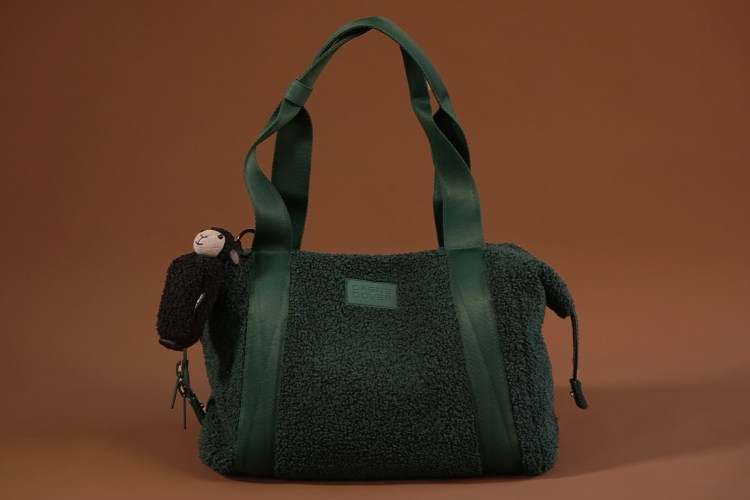IPA is ubiquitous; it seems to not just be a craft beer style but to actually represent all of craft beer. But how much do you actually know about this style, which is more of a category under which many specific types of IPA sit? What’s the deal with all those types, what differentiates them and why should you care? If you want to really know the IPA, and if you want to branch out and try new things beyond the rote Hazy, this is the guide for you.
Each beer’s statistics come from the BJCP, or Beer Judge Certification Program, whose taxonomy of styles is the most widely accepted for brewing guidelines, competition-judging and general education. As a reminder, IBUs are international bittering units — they provide some sense of how bitter a beer is, though keep in mind that depending on hops used and the amount of residual sweetness in a beer, the numbers don’t always translate the same across beers.
English IPA: The One That Started It All
The stats: 40 to 60 IBUs, 5 to 7.5 percent ABV, golden amber to light copper in color
The hops: Fuggle, East Kent Golding, Challenger
The beers: Brooklyn Brewery East IPA, Samuel Smith’s Brewery India Ale, Fuller’s Griffin Brewery India Pale Ale
The English IPA’s history is riddled with myths and mired in imperialist history. The notoriously violent East India Company established trade with India, which is when England began shipping beer to India. That was a six-month journey, so beer — predominantly porter for a long time, but also increasingly pale ales — fared best with a higher alcohol content and plenty of antimicrobial hops. These hop-forward pale ales were around throughout the 18th century and were referred to as India Pale Ales by the 19th. Compared to American IPA hop bombs, these are more about showcasing English hop characteristics of floral, earthy, woody, fruity notes, balanced by an English malt backbone of biscuit, toast and even toffee.
American IPA: Because Americans Have to Do Everything Louder
The stats: 40 to 70 IBUs, 5.5 to 7.5 percent ABV, medium gold to medium reddish-copper in color
The hops: Simcoe, Cascade, Amarillo, Columbus, Chinook, Citra
The beers: Bell’s Two Hearted Ale, Dogfish Head 60 Minute IPA, Sierra Nevada Celebration Fresh Hop IPA, Russian River Blind Pig IPA
When homebrewing was legalized in 1978 and people began making their own beer, the English IPA was a popular choice. These beers were made with American hops, however, and more hops in general. Even right before this there was the Ballantine IPA out of Newark, New Jersey, and in 1975, the Liberty Ale debuted from the now-defunct Anchor Brewing. It wasn’t called an IPA then, but helped create the American IPA by introducing American drinkers to a hop-spotlighting ale, with then-new Cascade hops. Ken Grossman helped firmly establish hoppy pale ale and then IPA after founding Sierra Nevada Brewing Company in 1980.
American IPAs got lumped in with West Coast IPAs pretty early on. Many brewers are trying to remind imbibers of the differences today. They split the difference between English and West Coast IPAs: hoppy — specifically piney, resinous and citrusy — but still with more malt character and residual sweetness. Though, you’re just as likely to find a brewer who believes “American IPA” is more of a marketing term, or simply a catch-all for “IPA that is American.”
Belgian IPA: American IPA Meets Belgian Yeast
The stats: 50 to 100 IBUs, 6.2 to 9.5 percent ABV; light gold to amber in color
The hops: American hops like Citra or European hops like Tettnang or Hallertau if made in Europe
The beers: Chouffe IPA
American craft brewers got curious about using Belgian yeast in their IPAs, and the results unite the profile of an American IPA with the yeast characteristics of Belgian Golden Strong Ales or Tripels. You get hops’ citrusy notes mingling with Belgian yeast’s banana and pear esters and clove and pepper phenols.
“While rare to find these days, Belgian IPAs once had their day and were a unique way to show a brewer could balance Belgian yeast fruitiness with the bitterness of hops,” says certified cicerone Allo Gilinsky, the educator and consultant known as the Craft Beer Concierge. “This Belgian beer lover remembers fondly how Stone Brewing’s Cali-Belgique was a way to bridge the gap to hoppy beers and perhaps the same as a White IPA, can be a style that helps other with beer curiosities find affinities they might not seek out on their own.” Indeed, American brewers and imbibers seem to have moved on from Belgian IPAs, and you’re more likely to find them in places like, well, Belgium.
White IPA: A Witty Twist on the Belgian IPA
The stats: 40 to 70 IBUs, 5.5 to 7 percent ABV, pale to deep gold in color
The hops: Cascade, Citra
The beers: Galaxy White IPA by Anchorage Brewing Company
What if a hop-forward IPA merged with the spicy profile of a Belgian Witbier? Imagine if Bell’s Two Hearted Ale and Allagash White got together — the IPA gets lighter and crisper, and its citrusy, piney hop profile zings with coriander, pepper and orange peel. The White IPA fits under the Belgian IPA umbrella, as brewers achieve it by using Belgian yeast for their IPAs. White IPAs are complex and refreshing, but unfortunately, like Belgian IPAs, aren’t all that prevalent.
Red IPA: The American IPA in a Malty Mood
The stats: 40 to 70 IBUs, 5.5 to 7.5 percent ABV, light reddish-amber to dark reddish-copper in color
The hops: Traditional takes use traditional hops like Cascade, Simcoe and Nugget, as well as Citra
The beers: West Kill Brewing Firetower Red IPA; Tröegs Independent Brewing Nugget Nectar — called an Imperial Amber Ale, also fits the Red IPA bill; Cigar City Brewing Tocobaga Red IPA
Mash-ups are the name of the game in IPA innovation. There was the American IPA, and the American Amber Ale, and brewers said, “Let there be Red IPA.” The former is a bitter exploration of hop character, the latter is a bitter exploration of malt character, and Red IPA weaves them together.
“To me, a Red IPA showcases a balance of malt and hops and their ability to come together to create a bold expression of what a beer can be,” says Patrick Allen, head brewer at upstate New York’s West Kill Brewing, where he makes a mean Red IPA called Firetower. “A pyramid of citrusy, piney hops on top of a base of bready caramel malt is the perfect combination.”
Black IPA: With Toast and Coffee Notes, It’s Kind of Like Breakfast
The stats: 50 to 90 IBUs, 5.5 to 9 percent ABV, dark brown to black in color
The hops: Citra, Simcoe, Amarillo
The beers: Firestone Walker Wookey Jack Black Rye IPA (also a Rye IPA), Stone Brewing Sublimely Self-Righteous Black IPA, Uinta Brewing Company Dubhe Imperial Black IPA
You might notice the contradiction right in this substyle’s name: a black India pale ale? Call it creative license. Or, literally, call the Black IPA a Cascadian Dark Ale, the name it often goes by in the Pacific Northwest and anywhere there are pedantic beer drinkers. Another sort of hybrid-style situation, this category takes an American IPA and brings in dark lager-like notes. It’s not roasty like a stout, but you’ll find notes of toast, coffee and chocolate, with maybe even some toffee or caramel just noticeable against the hop bitterness. The style was pioneered by Greg Noonan at the Vermont Pub & Brewery in the 1990s, and while it’s significantly less common than West Coasts or Hazies, it’s more prevalent than White and Red IPAs.
Rye IPA: The IPA Gets Spicy
The stats: 50 to 75 IBUs, 5.5 to 8 percent ABV, gold to light reddish-amber in color
The hops: American standards like Amarillo, Columbus, Cascade, Simcoe, Centennial
The beers: Sierra Nevada Ruthless Rye IPA
IPAs’ malt bills tend to range from pale malts that provide a bready, crackery foundation for hop notes to go wild on, to amber malts like Crystal that give styles like West Coast IPA their crusty, toasty qualities. The Rye IPA breaks the rules and spices things up with about 25 percent or so of malted rye in the mash. This brings that earthy, peppery, warming rye bread presence into the hop-bitter beer. It’s a complex and interesting style that sadly doesn’t get a lot of play these days.
West Coast IPA: Basically an American IPA, But Especially Bitter About It
The stats: The BJCP considers WCIPAs American IPAs, so their stats would be about the same — though West Coasts tend to skew more golden than copper.
The hops: Cascade, Centennial, Northern Brewer, Chinook, Amarillo, Simcoe
The beers: North Park Beer Company Hop-Fu!, Alternate Ending Vaya Con Dios, Other Half Brewing Company Green Flowers
Considering West Coast IPAs and American IPAs have been essentially perceived as interchangeable in the past, it helps to understand a few key differences. While any brewery in any region can make West Coasts, the style originated with actual California breweries like Stone Brewing and Bear Republic. They’re linked with the IBU Wars of the early 2000s, when bitter beers were issued as a challenge to drinkers. Today’s examples have dialed that in a bit, and you can expect the maltiness of an American IPA, but still more hop bitterness and a drier finish.
“In my opinion, a proper West Coast IPA should have a slightly malt background of toffee or bread crust that backs up the large hop additions,” says Brendan Arnold, head brewer of Alternate Ending Beer Co., a New Jersey brewery that happens to make an excellent West Coast. “It should have a lingering bitterness that sits on your palate and makes you want to come back for more.”
New England / Hazy IPA: How Beer Enthusiasts Drink Their Juice
The stats: 25 to 60 IBUs, 6 to 9 percent ABV, straw to light orange in color
The hops: American and Southern Hemisphere varieties like Citra, Mosaic, Nelson Sauvin, Galaxy, Motueka, Riwaka, El Dorado, Nugget, Strata
The beers: The Alchemist Heady Topper IPA, Tree House Brewing Julius Hazy IPA, Hop Butcher for the World Riwakamania, Crowns & Hops Brewing Co. The Dopest Hazy IPA
New England IPAs were born in New England — imagine that — though they’re now known more often as “Hazy IPA” considering (literally) everyone makes them everywhere. Vermont’s The Alchemist is credited with launching the substyle with Heady Topper in 2004, which had more body to support its hop intensity; that included some haze, then a fault and now a selling point. Hazy IPAs appealed to a more mainstream audience with sweeter, juicier, flavors like candied citrus and tropical smoothies; the increased demand led to more aromatic hops (rather than hops geared more toward bittering) being cultivated as well as brewing processes like dry-hopping to get those aromas into beer without more bitterness. Hazies sparked the “line-life” revolution where beer bros would wait for hours in line to nab limited releases from hype haze purveyors like Tree House and Other Half. The fervor has since calmed, but these IPAs are still craft beer’s most ubiquitous mainstay.
Milkshake IPA: It Brings All the Lactose-Tolerant Beer Fans to the Yard
The stats: This isn’t an official, BJCP-recognized category, and is close enough to the hazy IPA that its stats are similar; characteristics like color vary based on fruits used
The hops: American and Southern Hemisphere hops like Motueka, Nelson Sauvin
The beers: Great Notion Orange Creamsicle IPA, RAR Brewing Lost Reindeer Milkshake IPA, Widowmaker Brewing Martin and Lewis Hazy Milkshake IPA, Long Pine Brewing Cloud Cake Milkshake Double IPA
Essentially, a Milkshake IPA is a sub-substyle of the Hazy IPA. Milk sugar, or lactose, is what defines it. Milk sugar isn’t fermentable, so yeast doesn’t feast on it and turn it into alcohol. It hangs out and gives the final IPA, well, a milkshake-like mouthfeel. These beers are full-bodied and velvety with sweetness. Hyped Swedish brewery Omnipollo is credited with the Milkshake IPA’s invention; they’ve brewed ice-cream-shop iterations like vanilla, strawberry and raspberry — fruit is an almost guaranteed addition to these beers as it boosts flavor and brings its own sweetness while balancing the scales with some acidity and tartness.
Double, Triple and Imperial IPA: The Same IPA You Love, Now with More Booze!
The stats: 60 to 120 IBUs, 7.5 to 10 percent ABV with Triples often reaching even higher, color varies according to substyle
The hops: Varies
The beers: Sierra Nevada Big Little Thing Hazy Imperial IPA, The Drowned Lands Brewery Deep Terra IPA, Belleflower Brewing Wild Winds IPA, Great Notion Brewing Super Ripe Hazy Double IPA, Mast Landing Brewing Co. Ten Minus One Triple IPA
This one is pretty straightforward. Double and Triple IPAs refer to increased levels of alcohol and typically hop character. The two go hand-in-hand: When brewers want to really crank up the hoppiness, they need more residual sweetness to balance things out. More sugar means more yeast food, which means more booze. “Imperial IPA” is basically another term for these IPAs that are simply more IPA-y. And any kind of IPA can be Double, Triple, or Imperial — take Sierra Nevada’s Big Little Thing Hazy Imperial IPA.
The trick with these beers is that the charged up hop bill shouldn’t become too bitter and the alcohol shouldn’t reveal itself. “What I think what makes a great Hazy Imperial IPA is drinkability, and that comes specifically from boosting hoppy, juicy flavor, and lowering the bitterness,” says Sierra Nevada’s head innovation brewer Isaiah Mangold. “It takes quite a bit of brewing finesse and mastery of the techniques to nail that part with this specific IPA substyle.”
Session IPA: The Easy Drinker
The stats: Varies, as Session IPAs can be New England, West Coast or any other take
The hops: Varies
The beers: Lawson’s Finest Liquids Beach Party IPA, Two Roads Brewing Company Lil’ Heaven Crushable IPA, Dale’s American Easy IPA
Somewhere between imperial and non-alcoholic IPAs, plenty of brewers and imbibers alike favor something around that 4 to 5 percent sweet spot — it’s still got a little boozy kick, but you can also have a couple and still function the next day. These began popping up around the same time as Hazies. Named in reference to the English pub tradition of session ales for when you’re planning on settling into that bar stool for the day but don’t wish to stumble off of it later, Session IPAs sought to deliver a hop punch with lower ABVs, no small feat considering it’s actually trickier to achieve intense flavor with less alcohol. Today, the “Session” term seems to turn some customers off with “diet” or “lite” implications, while others appreciate the clear, lower-ABV messaging.
Non-Alcoholic IPA: Hops Sans Buzz
The stats: IBUs vary, 0.5 percent alcohol, colors vary
The hops: Varies
The beers: Athletic Brewing Sunset Stroke N/A Red IPA, Industrial Arts Safety Glasses N/A IPA, Brooklyn Brewery Special Effects N/A IPA
This category is pretty self-explanatory, but to leave it off a taxonomy of IPAs in 2025 would a massive oversight, considering the current prevalence of booze-free beers. Athletic Brewing Company put non-alcoholic IPAs on the map when it launched in 2017 with the Run Wild IPA. Since then, they’ve added a Hazy, a West Coast and yes(!), a Red IPA. They proved you could enjoy a full-flavored beer with rich hop character without the alcohol, and consumers proved they were thirsty for that. A slew of other brands and breweries have followed suit, to varying degrees of success.
Sour IPA: Can’t Decide Between a Sour and an IPA? No Sweat
The stats: Varies — this isn’t a style officially recognized by the BJCP, and things like bitterness, alcohol content and color will depend on who’s brewing it with what fruits and other adjuncts.
The hops: Expect American and Southern Hemisphere hops like Nelson Sauvin, Motueka and Galaxy
The beers: New Belgium Brewing Sour IPA, Hudson Valley Brewery Amulet Sour IPA, Abomination Brewing Company Fogsicle (Peach) Sour IPA
If you guessed that a Sour IPA fuses a Sour Ale with an IPA, congrats, you are really getting the hang of this. Take your hop-forward IPA — in the less bitter, juicier New England camp — and add the tart acidity and additional fruit flavors of a Sour. Skeptics could be forgiven for calling the Sour IPA ungepatchka, because it kind of seems like it’s pandering to two trendy styles. But in the hands of an able brewery like Hudson Valley Brewery, arguably the best known for this style, it’s less of a desperate people-pleaser and more of a complex, interesting treat.
Cold IPA: A Lager-Crisp Hop Showcase
The stats: Around 50 to 70 IBUs — there’s no official number, and Wayfinder’s site focuses on perceived bitterness instead, which should be medium-to-high but not harsh; ABV varies but expect around 5 to 6 percent; straw to pale gold in color
The hops: Citra, Simcoe, Mosaic, El Dorado, Chinook, Strata
The beers: Wayfinder Beer Cold IPA, Pfriem Beer Cold IPA, WeldWerks Brewing Co. Chill Cold IPA
Cold IPA is one of beer’s most hotly contested styles. Many people have written it off as not a new discovery, but as the pre-existing India Pale Lager. But this muddies up a whole lot of nuance.
“Cold IPA sets itself apart from ales and lagers…firmly [standing] between the two larger categories of beer as a hybrid style,” says Kevin Davey, co-owner and brewer at Heater Allen and Gold Dot Beer, who invented Cold IPA while at Wayfinder Beer in Portland, Oregon. In 2018, he had set out to brew an IPA that focused on the hop profile with a clean grain bill and dry finish, and created a whole distinct substyle. Cold IPA is brewed with adjunct, lager yeast (20 to 40 percent corn or rice) and fermented warm. It’s then dry-hopped for maximum hop-flavor impact. While some have written Cold IPA off as a trend because of the IPL misconception, lovers of hops and crisp beers have motivated Cold IPA brewers to carry on.
“I’ve just finished traveling to Europe and Japan this year,” Davey says. “To the dismay of my fellow Oregon brewers —except Pfriem — Cold IPA is alive and well as a world style.”
Brut IPA: The Champagne of IPAs, Gone Too Soon
The stats: Varies since this style never became fully official, but Sturdavant has decreed about 7 percent as a top ABV and Bruts should be pale in color
The hops: Varies
The beers: Sturdavant’s Brut IPA came from San Francisco’s Social Kitchen & Brewery, which is also no more; good luck spotting one in 2025
Brut IPA’s origin story isn’t terribly dissimilar to that of Cold IPA’s. Brewer Kim Surdavant sought to craft a West Coast IPA that was especially crisp and dry, so he dialed in on Champagne-like qualities of extra effervescence and less residual sugar. He achieved this with enzymes that break up complex sugars for yeast to convert more efficiently. The result is an extra sparkling, extra dry stage for hops. The style had its fans, but a lot of breweries couldn’t nail their recipes in time for a mass audience to catch on—too many people had too many bad examples, or couldn’t find an example at all, and Brut IPA mostly died out.
Austin-Style and Midwest IPAs: Beer Gets Hyper-Regional
The stats: Varies
The hops: Varies
The beers: Source Brewing Big in Texas Austin-Style Hazy IPA; Pinthouse Brewing Hazy IPA, Great Lakes Brewing Midwest IPA
Expect IPAs in the near future to splinter off into even more specific substyles, mostly centered around regionality. Breweries want to engage consumers with effectively communicated storytelling; by naming an IPA substyle for a region, they can convey that region’s local ingredients, or drinking customs, trends, vibes, etc. For example, Ohio’s Great Lakes Brewing has unveiled the “Midwest IPA,” meant to convey the local attitude as well as a perfect (middle) balance.
“Midwest IPA is just like the people of our region: Nice,” says Great Lakes brand development manager and advanced cicerone Michael Williams. “With a highly aromatic but low bitterness hop expression and a touch of honey malt for balance without being sweet, Midwest IPA is approachable and friendly, a beer everyone can enjoy while satisfying the hop-forward flavor IPA fans look for.”
Even more niche? The Austin-Style IPA. Austin’s own Pinthouse Brewing debuted the Electric Jellyfish Austin-Style IPA back in 2019 (it remains a flagship beer), and fellow Austin brewery Lazarus has brewed one, too. Now, you can also find one in New Jersey, of all places, at Source Brewing.
“Big in Texas has everything you love about a Hazy IPA packed into a slightly lighter body with a more crisp, refreshing finish,” says Greg Taylor, Source Brewing head of brewery operations. “One of the ways this was achieved was by fermenting…on the cooler side with a Kölsch yeast strain, imparting lager-like smoothness and complementary fruity esters. The name Big In Texas is a nod to the the brewing scene in Austin where this sub-style of IPA has been popular for its nuanced ability to quench thirst in the intense Texas heat while still delivering some serious hoppy aromas and flavors.”
Every Thursday, our resident experts see to it that you’re up to date on the latest from the world of drinks. Trend reports, bottle reviews, cocktail recipes and more. Sign up for THE SPILL now.


